Though some may shudder at the notion of "networking," when it comes right down to it, networking is simply connecting with others in hopes of building mutually beneficial, enduring relationships. It's more than starting and carrying on conversations; networking is really about creating community and deepening one's sense of belonging. Who wouldn't want to engage in that?
Most of us would readily acknowledge that networking is something we should do every day -- not just when we need to. But it takes work, commitment, even generosity. If we choose to give networking the time and energy it needs to succeed, the results we reap can be energizing, inspiring and, of course, very helpful both personally and professionally.
When I'm seeking to gain a new skill, I often find it most effective to take a one-two-punch approach. First, it is extremely useful to get a lesson -- whether via workshop, course, lecture, conversation, book or essay -- and, second, I seek hands-on experience as quickly as possible. Research backs up my theory; studies show that, even from a very early age, a hands-on approach to learning anything can lead to deeper understanding of the content and greater comprehension.
In the spirit of embracing this "learn by doing" method, I had the great privilege just yesterday to share the networking philosophy that I hold dear with a group of nearly 100 fresh-faced, lifelong learners who were all eager to hone their networking skills. To help kick off Global Entrepreneurship Week, now in its fifth year, my company, Kauffman FastTrac, hosted an hour-long workshop on developing strategies and tactics for mastering networking. Immediately following this workshop, my "students" and I left for a Kansas City event that the planners dubbed the "break a world record speed-networking" event. We gathered with more than 328 of our soon-to-be-closest friends to attempt to break a world record -- and put into practice our newly acquired networking skills.
My involvement in this week's series of events is particularly gratifying given that I recently published my first book on the subject of networking, Coffee Lunch Coffee: A Practical Field Guide for Master Networking. The book outlines the approach to networking that I have developed, embraced and gladly share. I consider it an accessible, relevant and immediately actionable approach to professional networking for anyone interested in connecting with others, getting involved in the community, seeking to advance a career or looking to build social relationships. The keys are developing a strategic mindset around networking, formulating a plan, and, then, putting yourself out there to connect.
Follow these steps and you'll be on your way to mastering the art of networking:
• Attitude. Decide that you are a great networker and have fun engaging in the effort! Though the idea of networking can be daunting, the rewards you reap from the experience will pay dividends for years to come. By going in with an optimistic disposition, ready to help and add value for others, you will build a solid professional network.
• Process. Determine an approach that will work for you -- and commit to it. I like to plan my days around three key meetings -- one in the morning, one at midday and one in the afternoon -- thus, "Coffee Lunch Coffee." That approach works for some; others have a different take. Find the process that makes the most sense for you based on your goals, lifestyle and aspirations.
• Set a Goal. How many new people will you seek to develop relationships with each day, week, month or year? It starts with just one. When I first started building my network, I aimed for 15 new or renewed connections each week; now that my days are a bit fuller, I strive for five to 10 per week. What's your magic number?
• Prepare. Think about people you already know with whom you'd like to reconnect, people you know of in the community with whom you'd like to connect for the first time, companies you'd like to get to know better. Then, gather some information on each. Thanks to LinkedIn profiles, company websites and social media, you can find plenty of information with minimal time and effort. By doing your research, you can capitalize on the time spent with your contacts and make your meetings more productive for both parties.
• Know Your Own Story. It may seem obvious, but go into networking scenarios armed with an arsenal of your own key stories -- those that describe who you are, what you do, what you believe in, how you operate. Think ahead about the information you want to share and how you wish to be perceived. This, too, will help to engage your contacts in meaningful, fruitful discussions.
As Global Entrepreneurship Week 2012 proceeds, I leave you with a final thought: Remember, it is quality, not quantity, that counts! To my knowledge, there has never been a prize awarded for gathering the most business cards -- even at a world-record speed-networking event. Rather, the networker who goes in ready to add value, without expectation of the specific benefits the encounter will bring, is best positioned to take advantage of the long-term goodness the relationship(s) may yield.
Now, get out there and learn by doing!
